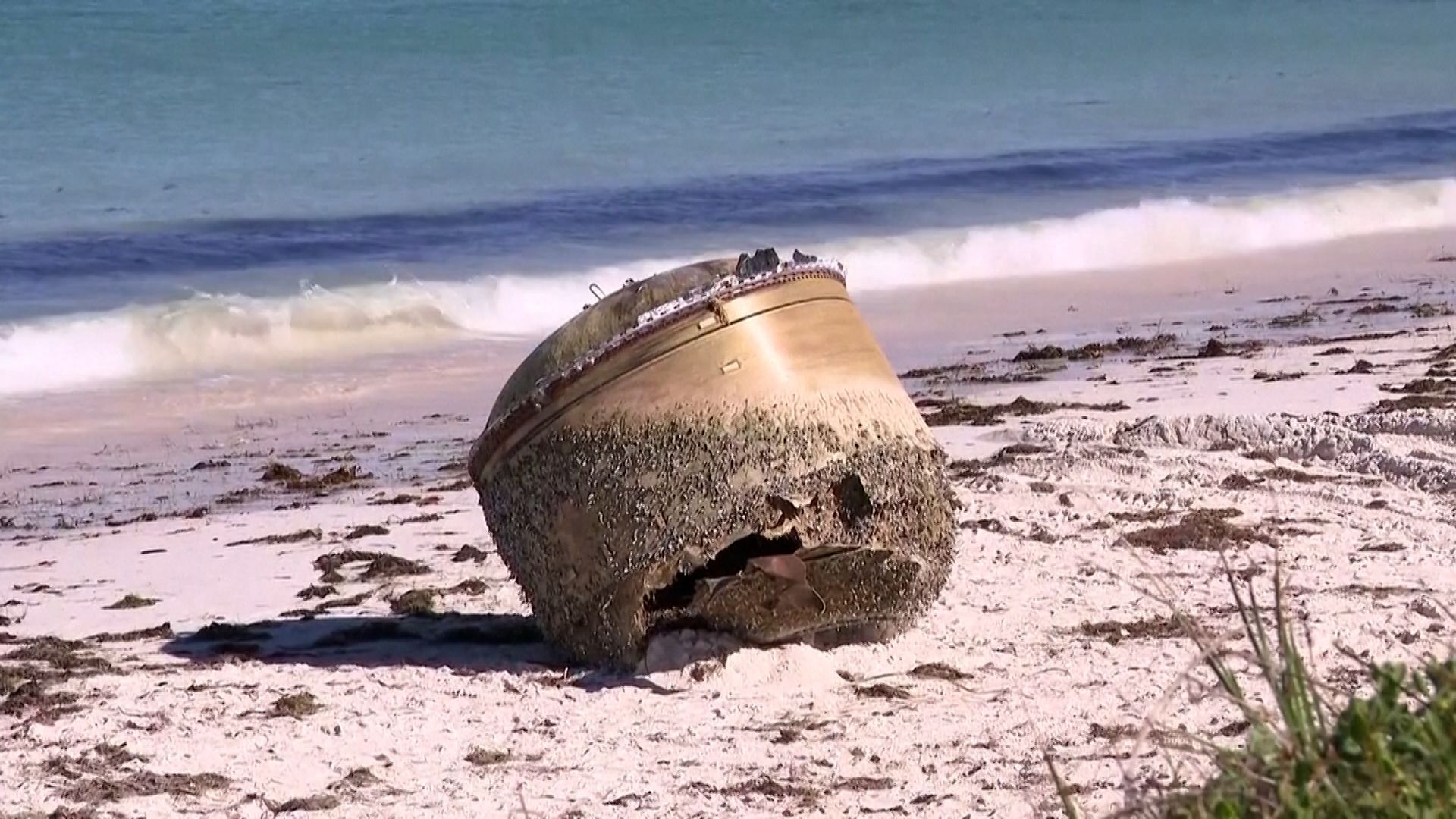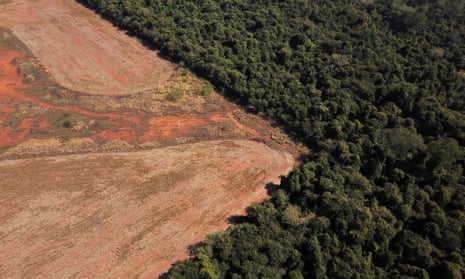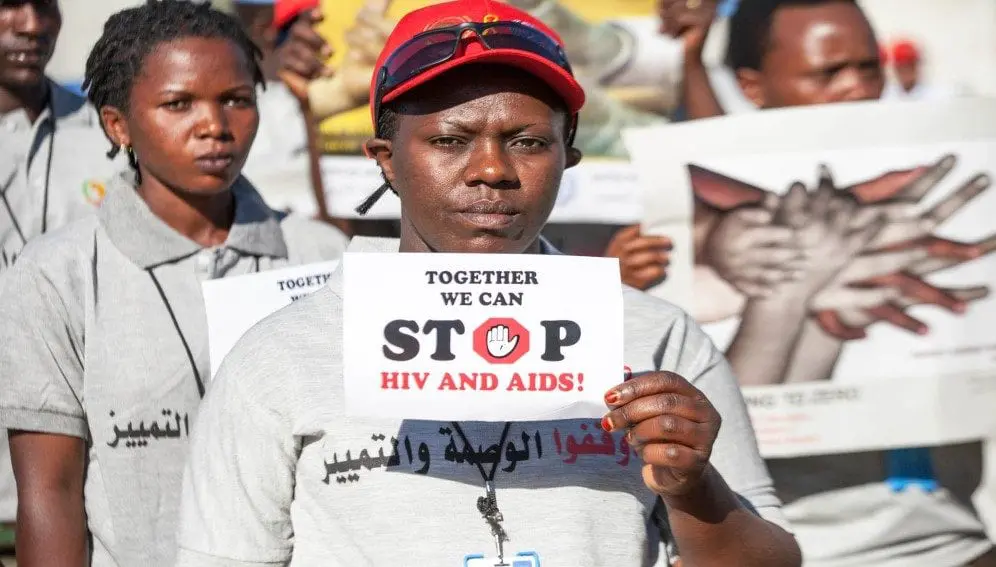Bryan Johnson Critiques India's Air Quality and Its Impact on Health
Bryan Johnson, a U.S. tech millionaire known for his work in anti-aging research, has once again raised concerns over India's air quality. His latest remarks come just days after he made headlines for walking out of a podcast with Zerodha CEO Nikhil Kamath, citing the harmful effects of pollution. Johnson's ongoing critique of India's air quality is backed by a study he recently shared, which highlights the severe health risks associated with prolonged exposure to air pollution. This article delves deeper into the issues raised by Johnson, examines the study he referred to, and discusses the broader implications of air pollution on public health.
Health Impacts of Air Pollution: A Closer Look
In his post on X, formerly known as Twitter, Bryan Johnson referred to a study that involved exposing mice to low levels of traffic-related PM2.5 pollutants for 12 weeks. The results of the study were disturbing, showing that even low levels of air pollution could lead to significant health issues. The study demonstrated that the exposure caused liver inflammation, fibrosis (a condition where tissue becomes scarred), blood fat imbalances, and liver protein markers that are typically associated with alcoholism. Additionally, the study found gene dysregulation linked to cancer.
This study, conducted by researchers from a prominent institution, underscores how harmful air pollution can be, even in seemingly small doses. It revealed that the PM2.5 pollutants, which are tiny particles that can easily penetrate deep into the lungs and enter the bloodstream, have long-lasting and damaging effects on the body. These pollutants are often emitted by vehicles, industrial activities, and other sources of combustion, making them a pervasive part of daily life in many urban areas, particularly in cities like New Delhi.
The Danger of PM2.5 Pollution
PM2.5, or particulate matter with a diameter of 2.5 micrometers or smaller, is one of the most dangerous forms of air pollution. These tiny particles are small enough to bypass the body’s natural defense mechanisms, such as the nose and throat, and enter the lungs, where they can cause serious health problems. Over time, exposure to PM2.5 can lead to respiratory issues, heart disease, and even cancer.
What makes PM2.5 particularly hazardous is that it can not only harm the lungs but can also enter the bloodstream, affecting other organs, including the liver and brain. This is why Johnson and other experts argue that there is no safe level of exposure to PM2.5. The study he cited serves as a stark reminder that even low levels of pollution can cause long-term health problems, which is why tackling air quality should be treated as a public health priority.
The Growing Concern Over Air Pollution in India
Johnson’s comments about India’s air quality are not new. In fact, air pollution has become a major concern in several Indian cities, particularly New Delhi, where the air quality index (AQI) frequently reaches hazardous levels. During his visit to India in December of the previous year, Johnson left a podcast recording midway due to the unbearable air quality. The interview was being held in a hotel room in Mumbai, where the AQI was around 120, a level that is considered unhealthy for sensitive individuals.
Despite the hotel room being equipped with an air purifier, Johnson explained that the purifier was ineffective because the air circulating in the room was coming from outside. This left him exposed to the pollutants in the outdoor air, and as a result, he experienced symptoms such as skin rashes, burning eyes, and a sore throat.
One of Johnson’s main criticisms was the normalization of air pollution in India. He pointed out that people in cities like Mumbai and Delhi have become so accustomed to poor air quality that they no longer recognize its harmful effects. He observed that even though the science of air pollution's negative impact on health is well established, many people continue to live their lives as if nothing is wrong. For example, he mentioned that he saw people running outside and children playing in the streets without wearing masks, despite the presence of harmful pollutants in the air.
The Health Implications of Air Pollution in India
Air pollution in India is a significant public health issue, contributing to a wide range of health problems. According to the World Health Organization (WHO), air pollution is responsible for millions of premature deaths worldwide each year, with India being one of the most affected countries. The poor air quality is linked to respiratory diseases such as asthma and bronchitis, as well as cardiovascular problems like heart attacks and strokes. Furthermore, long-term exposure to polluted air can lead to chronic conditions such as lung cancer, which is on the rise in many parts of the country.
For children, the situation is even more alarming. Studies have shown that exposure to air pollution in early childhood can lead to developmental problems and an increased risk of respiratory issues later in life. In fact, air pollution is one of the leading causes of childhood asthma, which affects millions of children in India.
As Bryan Johnson pointed out, air pollution has become so deeply ingrained in daily life that it no longer seems to raise concerns among the general population. People have learned to adapt to the poor air quality, often without realizing the long-term health consequences. In many cases, even those who are aware of the risks are unable to avoid exposure due to the lack of adequate infrastructure, such as clean air zones, green spaces, and efficient public transportation systems.
Practical Solutions to Combat Air Pollution
While tackling air pollution on a large scale requires systemic changes, there are several steps individuals can take to reduce their exposure to harmful pollutants. Bryan Johnson shared a few practical tips in his post, emphasizing the importance of staying informed about the levels of PM2.5 in the air. Many cities now provide real-time air quality data through mobile apps and websites, allowing people to make informed decisions about when to go outside and when to stay indoors.
Wearing an N95 mask is another simple yet effective way to protect oneself from airborne pollutants. These masks are designed to filter out fine particles, providing a higher level of protection compared to regular face masks. For those who need to travel through busy, polluted streets, activating the air recirculation feature in their cars can help limit exposure to outside air.
In addition to these personal precautions, there are several steps that governments and organizations can take to reduce air pollution and its harmful effects on public health. First and foremost, stricter regulations on vehicle emissions and industrial pollution are essential. Many cities, including New Delhi, have implemented measures such as odd-even schemes to limit the number of vehicles on the road during times of high pollution. However, these efforts need to be more widespread and sustained in order to make a significant impact.
Another important strategy is the promotion of clean energy sources. By reducing reliance on fossil fuels and investing in renewable energy such as solar and wind, India can significantly lower its carbon emissions and improve air quality. Additionally, expanding green spaces in urban areas and encouraging the use of public transportation can also contribute to cleaner air.
Conclusion: The Urgent Need for Action
The ongoing debate over India’s air quality serves as a reminder of the urgent need for action on the part of both individuals and governments. While Bryan Johnson’s personal experience highlights the immediate effects of poor air quality on human health, the long-term consequences of air pollution are far more devastating. To protect the health and well-being of millions of people, it is crucial to address this issue on all fronts – from reducing emissions and improving public awareness to adopting cleaner technologies and policies that prioritize the environment.
As India continues to grapple with the challenges of air pollution, it is important for the public to recognize the severity of the problem and take steps to mitigate their exposure. While individual actions can make a difference, tackling air pollution will require collective efforts and long-term commitment to creating a healthier and more sustainable future for all.




























0 Comments